
UNM EPTFE H15 High Efficiency Membrane PTFE Ulpa Filter Media U15 PTFE Filter Material Ffu Filter Membrane In Clean Room

Manufacture China Ptfe Gasket Of Special Size Support Custom Gasket Cut Ptfe Gasket For Heat Exchangers






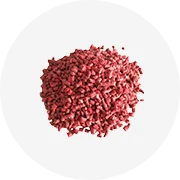
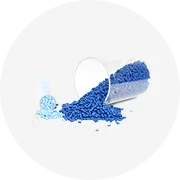
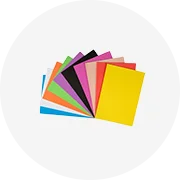
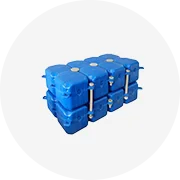
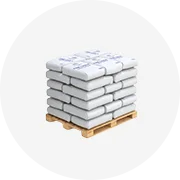
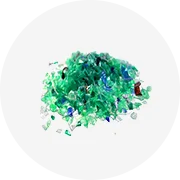
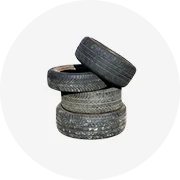
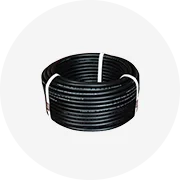

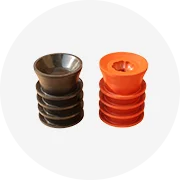
Polytetrafluoroethylene (PTFE), commonly recognized for its trade name Teflon, is a synthetic fluoropolymer of tetrafluoroethylene that has numerous applications. A notable use of PTFE is in the production of ptfe hydrophobic membrane, a material prized for its exceptional chemical resistance and thermal stability. This introduction delves into the world of PTFE membranes, focusing on their hydrophobic variants.
The hydrophobic ptfe membrane is engineered to repel water, making it an ideal choice for filtration needs where moisture resistance is paramount. These membranes are widely utilized in laboratory and medical environments, particularly in applications such as gas filtration and venting processes. The hydrophobic filter 0.2 micron variant is especially critical in scenarios requiring the exclusion of minute particulates while allowing gases to pass freely.
While the hydrophobic type is designed to repel water, its counterpart, the hydrophilic ptfe membrane, is treated to attract water, making it suitable for filtering aqueous solutions without the need for wetting agents. The versatility of PTFE membranes extends to various forms, including hydrophilic ptfe membrane filters and hydrophobic ptfe syringe filter options, catering to a broad range of filtration requirements.
The hydrophobic ptfe membrane filter boasts a low friction coefficient and high durability against fatigue, which is essential for continuous use in demanding industrial environments. Its ability to withstand extreme temperatures without degradation expands its utility across various sectors. Additionally, the ptfe membrane hydrophilic alternative offers similar durability with the added benefit of compatibility with water-based systems.
PTFE's molecular structure provides the membranes with their distinct hydrophobic or hydrophilic properties. The construction of a hydrophobic filter membrane involves creating a microporous structure that can exclude water droplets while allowing air and gases to pass. This precise engineering ensures reliable performance in critical filtration and separation processes.
Selecting the appropriate PTFE membrane, whether it's a ptfe syringe filters 22 micron hydrophobic or a hydrophilic filter, depends on the specific application requirements. Factors such as pore size, chemical compatibility, and thermal stability must be considered to ensure optimal performance. Alibaba.com's platform facilitates the connection between buyers and a diverse array of suppliers, offering a multitude of PTFE membrane solutions to meet various industrial needs.